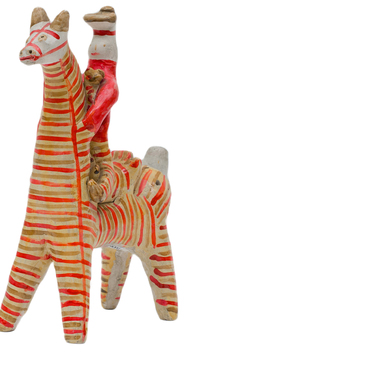Anatoly Petrovich Tyurin (1934–1987) was a member of the Artists’ Union of the USSR. He lived and worked in Moscow. His works are kept in various museums, for instance, the Novocheboksarsk History and Art Museum Complex and the Tes Art Museum. The Zavolzhsk Art Gallery named after the People’s Artist of Russia Vladimir Telin houses his late work — the still life “Honey and Vatrushkas”.
As an independent genre, still life was finally established only in the 17th century. Mainly, Dutch and Flemish artists worked in this genre. The heyday of Russian still life painting occurred at the beginning of the 20th century. Then, for the first time, this direction received an equal right to flourish along with other genres. Subsequently, in Soviet painting, still life was further developed.
The painting “Honey and Vatrushkas” breathes homely comfort and warmth. This pastry — a vatrushka — is associated with the sun and childhood, as well as pleasant aromas. Still life often creates the image of a person, the owner of the depicted things. The artist tried to convey the world of a warm village house with its daily routine, unique in its own way.
Anatoly Tyurin meticulously thought out the distance between all the objects. Each object on this canvas carries its own meaning, there are no random or unnecessary things. The vatrushkas and honey are the focal point in the composition, while milk, flour in a bowl, a spoon and a white towel are additional, subordinate objects that reveal the message of the work.
Anatoly Tyurin emphasized the dimensionality, materiality and shape of things using chiaroscuro and juxtaposing the colors of the object and background. The role of the latter is performed by the wall of the village house. The background’s color is close to that of the basket and the curtain. They are interconnected in a single space.
Thanks to the correct compositional placement of objects, the viewer can feel the comfort of a rustic interior. Even someone who does not know village life develops an urge to come visit and to stay in a quiet house, where every little thing preserves the warmth of human hands.
A little later, in 1986,
Anatoly Petrovich Tyurin created a similar still life. Against the background
of a wooden wall, he again placed vatrushkas, a white towel and honey but added
new items: a lace tablecloth, a box of apples, a pie and a jug.


